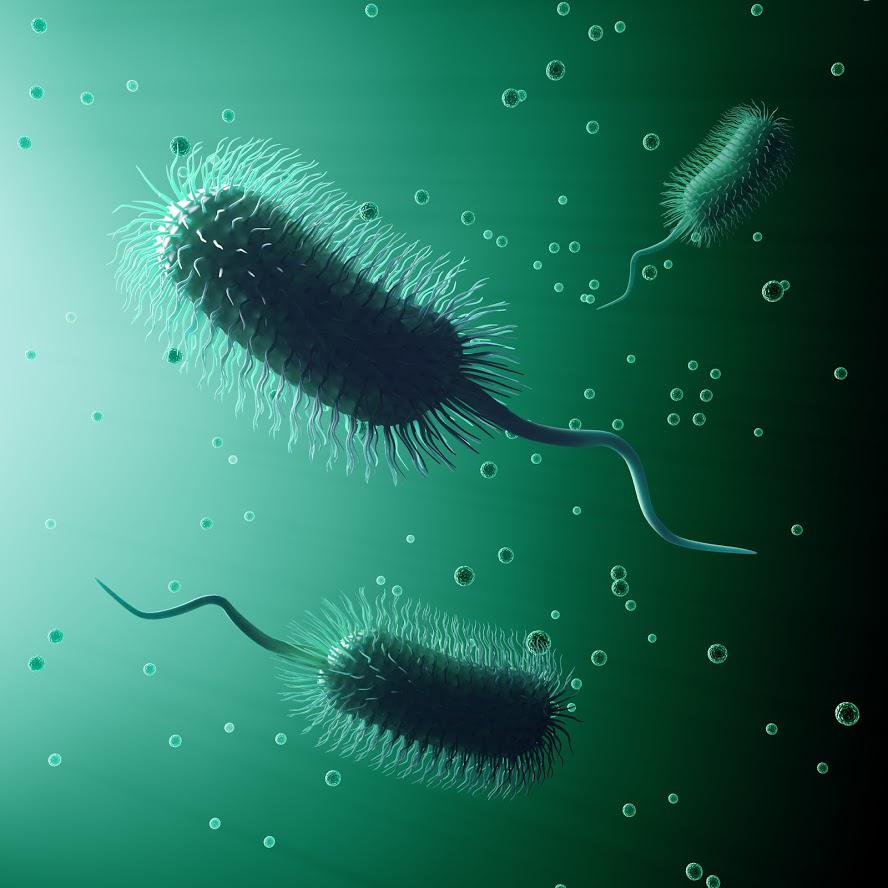Types of Microorganisms That Help Your Septic System
You've probably heard that your septic system needs plenty of bacteria to process wastewater efficiently. Some septic contractors even sell bacterial treatments for drains and septic tanks. However, you may not know why bacteria are so useful or that protozoa, rotifers, and other microorganisms also live and work in your septic system.
Here are some of the top microorganisms that help your septic system to clean and process your wastewater.
Bacteria
Your septic system may have trillions of bacteria inside, and indeed bacteria are one of the most significant types of microbe that process your system's effluent. While some bacteria (such as e.coli) are considered potentially harmful contaminants, others can be beneficial to the wastewater process.
The beneficial bacteria fall under two categories: aerobic and anaerobic. As the categories suggest, aerobic bacteria tend to thrive where they can get a lot of oxygen, and anaerobic bacteria thrive with less oxygen. Aerobic bacteria can break down organic waste most efficiently, which is one reason the leach field (which harbors aerobic bacteria) is so important.
Inside the septic tank itself, where less air is available, anaerobic bacteria are the main type of bacteria that break down the effluent. These bacteria can decompose solid waste by eating it.
Protozoa
Single-celled creatures known as protozoa play a role in your wastewater treatment as well. Several types of protozoa, such as ciliates, flagellates, and amoeba, can be found in wastewater systems like your septic system.
Although protozoa aren't the most attractive organisms, they can be beneficial in the context of your septic system. They eat bacteria, which can help to prevent bacterial overgrowth, reduce harmful bacteria, and clear up wastewater.
Rotifers
Rotifers are considered the smallest animals in the world. These are a type of microorganism that can live in your leach field wastewater. They can vary in shape, but in general, they're tiny, clear organisms that require oxygen to live. Because they need oxygen to live, they're less likely to thrive in the septic tank itself (similar to protozoa and aerobic bacteria).
The rotifers' biggest contribution to wastewater treatment is that they eat harmful bacteria, help to keep the effluent oxygenated, and even eat particulates in the water.
Nematodes
Nematodes are microscopic worms, and while they can be harmful in other situations, they can be quite helpful in a septic drainfield. (They're more likely to live in the drainfield than in the septic tank since they also need air to live.)
Like rotifers, nematodes can help break down waste matter and oxygenate the leach field. They may even keep bacterial slime mats from becoming too thick and clogging the leach field, as well as eat potentially harmful bacteria.
If you've ever heard that you should allow a drainfield to rest for a while when it's clogged up, you may have wondered why — the drain field is not an overheated computer, after all. And while the waste in the soil doesn’t simply dissipate on its own, microorganisms such as nematodes continue to consume the waste over time, which will eventually clear out drainfield clogs.
These are just some of the tiny creatures that can be found in your septic system snapping up the organic matter, contaminants, and toxins in the wastewater. The help of these microorganisms is critical in order to have a septic system that works properly. That's why chemicals such as bleach in your tank can cause the system to stop working.
Remember, while each of these microorganisms can help to treat wastewater, they may be harmful in other contexts. They may become contaminants if they escape the septic system to surface water, groundwater, or drinking water. Contact your septic contractor Southern Sanitary Systems Inc for regular septic maintenance to keep microorganisms where they belong.








